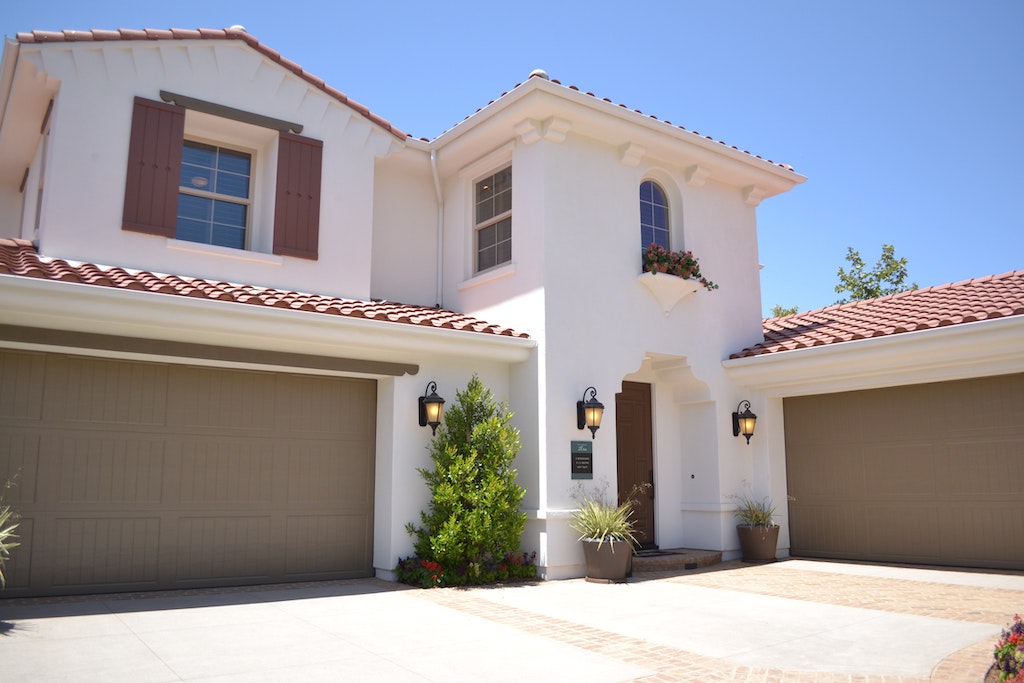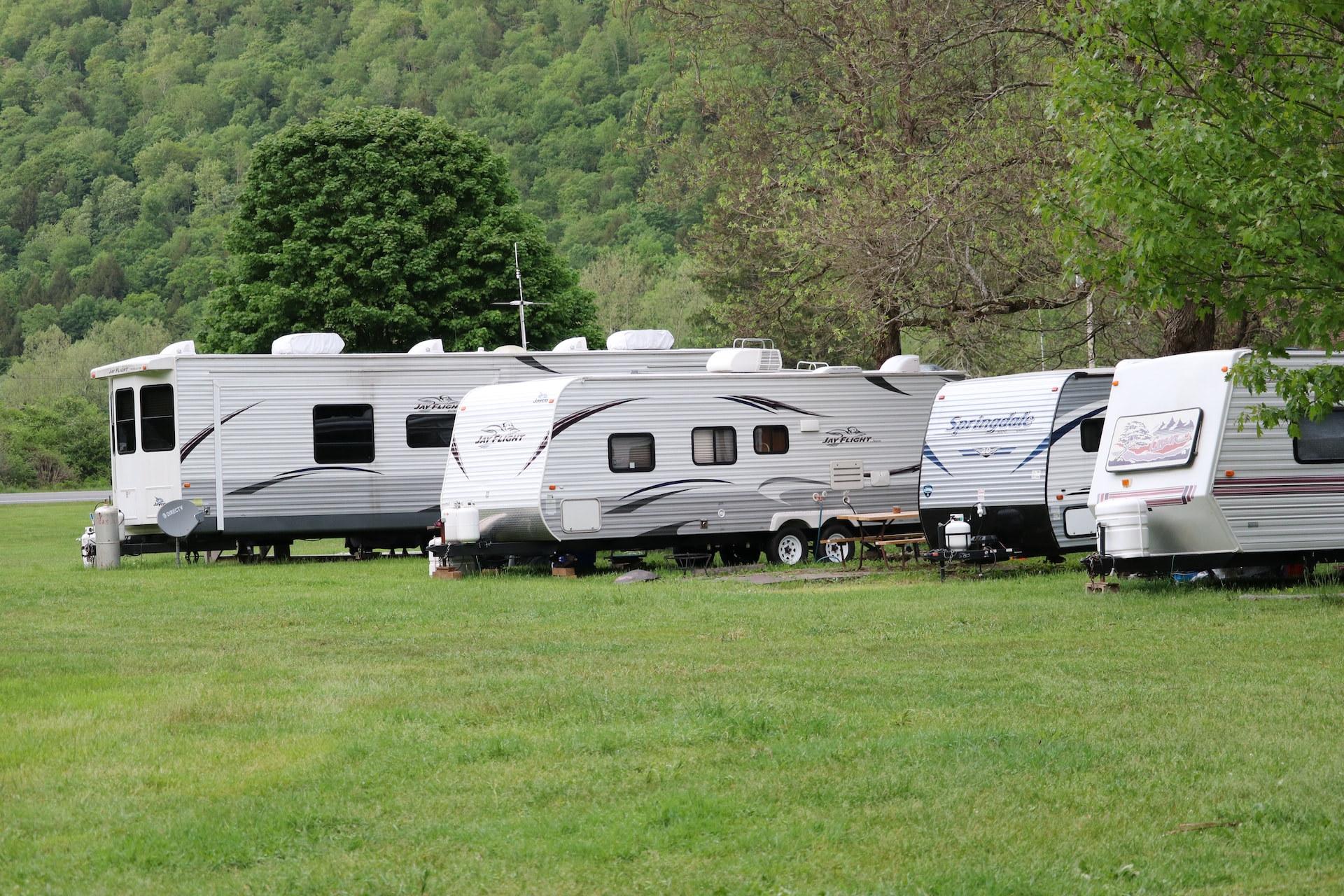In the age of smart technology, the safety and security of our homes have stepped up to a whole new level of advancement and convenience. Smart home security systems have revolutionized home protection by incorporating cutting-edge devices and innovative technology. However, with a vast array of choices available, it’s vital to grasp the key features that make a smart home security system effective and reliable. In this article, we will thoroughly examine these features to empower you to make an informed decision and select the optimal smart home security system tailored to your needs.
What is a Smart Home Security System?
A smart home security system is an interconnected network of devices and sensors that work together to protect your home from potential intruders and emergencies. This system utilizes the Internet of Things (IoT) technology, allowing devices to communicate and share information. A typical smart home security system comprises various components, including smart cameras, motion sensors, door/window sensors, smart locks, smart alarms, and a central hub or control panel. These components work in harmony to provide comprehensive security coverage for your home.
Benefits of smart home security systems
Smart home security systems offer numerous benefits over traditional security systems.
- Enhanced security: Smart home security systems provide real-time monitoring, instant alerts, and remote access capabilities. This allows you to keep an eye on your home’s security from anywhere, ensuring the safety of your property and loved ones.
- Convenience and control: With smart home security systems, you can easily control and manage your security system using a smartphone app or voice commands. This level of control provides convenience and peace of mind, allowing you to arm or disarm the system, monitor live video feeds, and receive alerts on the go.
- Integration with other smart devices: Smart home security systems can seamlessly integrate with other smart devices in your home, such as smart lights, thermostats, and voice assistants. This integration enables automation and synchronization, creating a unified and smarter home environment.
- Customization and automation: Smart security systems offer customization options to tailor the system according to your specific needs. You can set up personalized security modes, create automation rules, and schedule tasks based on your preferences. This flexibility enhances convenience and adapts to your lifestyle.
- Energy efficiency: Many smart home security systems incorporate energy-saving features. For example, the system can automatically adjust thermostat settings based on occupancy or turn off lights when no motion is detected. These energy-efficient features contribute to reducing utility costs and promoting sustainability.
How to find the best smart security system
When searching for the best smart home security system, consider the following key features and factors in detail:
Remote access and control capabilities
One of the primary advantages of a smart home security system is the ability to access and control the system remotely. Look for a system that offers a user-friendly mobile app or web portal, allowing you to monitor and control your security system from anywhere.
- Ensure the mobile app or web portal provides essential features such as live video streaming, arming and disarming the system, and receiving real-time notifications. These features let you stay connected and respond quickly to potential security events.
- Check the ease of use and responsiveness of the app or web portal. The interface should be intuitive, allowing you to navigate different features and settings effortlessly.
Integration with other smart home devices
Consider whether the security system can seamlessly integrate with other smart devices you currently own or plan to incorporate into your home. This integration allows for centralized control and automation across all connected devices. Here are some key points to consider:
- Determine the compatibility of the smart security system with other smart devices in your home, such as smart lights, thermostats, voice assistants, or even smart locks. Compatibility ensures you can create automation rules and scenarios involving multiple devices working together.
- Look for support for popular smart home platforms like Amazon Alexa, Google Assistant, or Apple HomeKit. Compatibility with these platforms allows for a wider range of options and greater flexibility in integrating your security system with other smart devices.
Advanced monitoring options
Evaluate the monitoring options available with the smart security system. The monitoring type can significantly impact the system’s effectiveness.
- Professional monitoring: Involves a dedicated monitoring center to respond to security alerts and dispatch emergency services if necessary. Look for a security system that offers professional monitoring services, especially if you prefer the assurance of trained professionals keeping an eye on your home.
- Self-monitoring: This option lets you receive notifications directly on your smartphone when security events occur. You can then take appropriate action, such as contacting the authorities or checking the live video feed. Self-monitoring can be cost-effective and gives you more control over your security system.
Customization and automation features
Look for a smart home security system with a high degree of customization. This allows you to personalize security settings, create unique security modes, and define automation rules. Consider the following:
- Security modes: Look for a system that allows you to create customized security modes based on different scenarios. For example, you may want a “Home” mode where certain sensors are bypassed while inside, or an “Away” mode where all sensors are active.
- Automation rules: Consider the system’s capability to automate certain actions based on specific events or conditions. For instance, you may want the lights to turn on automatically when motion is detected or the system to arm itself when you leave home.
User-friendly interface and mobile app
A user-friendly interface and intuitive mobile app are crucial for a smooth and enjoyable user experience.
- Interface design: The system’s interface should be easy to navigate, providing clear instructions and information. Look for a clean, organized design allowing you to access important features and settings quickly.
- Mobile app functionality: The mobile app should offer seamless integration with the security system, allowing you to control and monitor the system easily. Ensure it provides access to all essential features, such as arming and disarming, live video streaming, event history, and notification settings.
Compatibility and expandability
Check the compatibility of the smart home security system with existing devices in your home and its potential for future expansion.
- Compatibility with smart home platforms: Ensure the system is compatible with popular platforms like Amazon Alexa, Google Assistant, or Apple HomeKit. This compatibility allows for seamless integration with other smart devices and provides flexibility for future additions.
- Device expansion: Consider the scalability and expandability options of the system. Determine if you can easily add additional sensors, cameras, or other devices to expand your security coverage as your needs evolve.
Installation and setup
Consider whether the system supports do-it-yourself (DIY) installation or requires professional installation. Here are some factors to consider:
- DIY installation: A DIY installation option can provide flexibility and potential cost savings if you prefer a more hands-on approach and have the necessary technical skills. Check if the system includes clear installation instructions, user-friendly setup processes, and adequate customer support for troubleshooting.
- Professional installation: If you prefer a hassle-free and professionally installed system, look for providers that offer professional installation services. For optimal performance, professional installers ensure proper placement, configuration, and system optimization.
Customer support and warranty
Reliable customer support is crucial in resolving any issues or concerns with your smart home security system.
- Research the provider’s reputation and read customer reviews to gauge the quality of their customer support. Look for responsive customer support channels like phone, email, or live chat.
- Understand the terms of the warranty and service agreements provided by the manufacturer or service provider. Ensure that the system is covered by an adequate warranty that protects your investment and provides necessary support in case of any problems.
Budget and cost considerations
While cost should not be the sole deciding factor, it’s important to consider the upfront costs and long-term savings associated with the system. Assess the value provided by the features and functionalities offered by the system. Evaluate potential savings such as reduced insurance premiums or energy efficiency features that can contribute to long-term cost savings.
Selecting the right smart home security system is a crucial step in ensuring the safety and security of your home. You can make an informed decision by understanding the benefits, evaluating key features, and considering your needs and preferences. Thoroughly research different providers, read customer reviews, and seek professional advice. With a well-chosen smart home security system, you can enjoy peace of mind, knowing that your home is protected by advanced technology and comprehensive security features.




